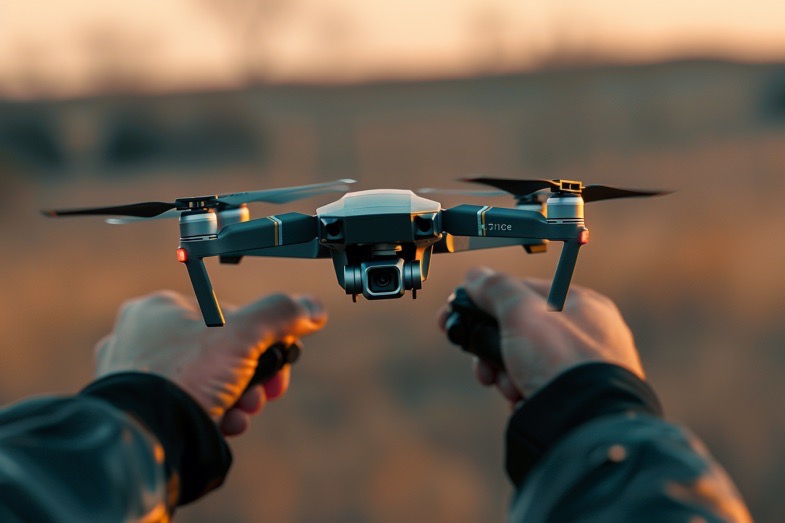Japanese Satellite Successfully Hunts Down Space Junk
In a groundbreaking achievement, a satellite operated by Japanese company Astroscale has successfully tracked down a 15-year-old piece of space junk and captured an up-close image of it.
The space debris in question is a discarded rocket segment measuring approximately 11m by 4m (36ft by 15ft) and weighing three tonnes. This marks the first time a satellite has rendezvoused with such a large piece of space debris.
Astroscale is in the process of developing a business focused on removing redundant hardware from orbit. While this particular mission is centered around testing sensors and software for proximity operations, the company aims to actively remove space junk within the next few years.
The issue of orbital debris and sustainable space use has garnered significant attention as millions of objects, ranging from paint flecks to abandoned rocket stages, pose a threat to operational satellites. Rocket bodies, like the one targeted by Astroscale, are especially concerning due to their size and potential collision risks.
The rocket segment in question originated from Japan’s H-IIA launch vehicle, which launched the Gosat spacecraft in 2009. Despite modern rockets ensuring the return of all components to Earth after a mission, this particular stage remained in orbit along with thousands of other rocket bodies.
Astroscale’s rendezvous mission, known as Adras-J (Active Debris Removal by Astroscale-Japan), involves a smart spacecraft that launched on February 18. Equipped with cameras and algorithms, the satellite successfully approached the H-IIA body without colliding as the rocket segment slowly tumbles in orbit.
The mission’s ground segment and flight dynamics work have been diligently carried out by Astroscale’s UK team, with operations split between Tokyo and a base in Oxfordshire. The upcoming weeks will focus on capturing more imagery and gathering data on the rocket segment’s condition, spin rate, and axis.
While future missions will involve capturing debris using robotic arms, Adras-J will conduct an experiment to reduce the rocket stage’s tumbling rate by firing thrusters in the opposite direction of its spin motion. This crucial step is part of global efforts to prevent orbital collisions by removing large space junk pieces annually.



